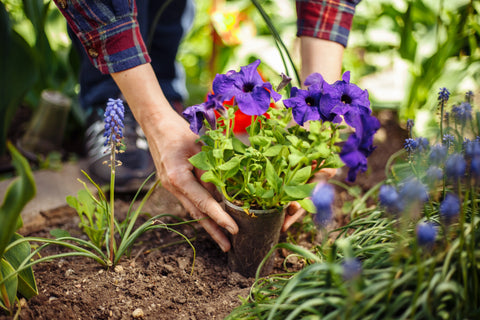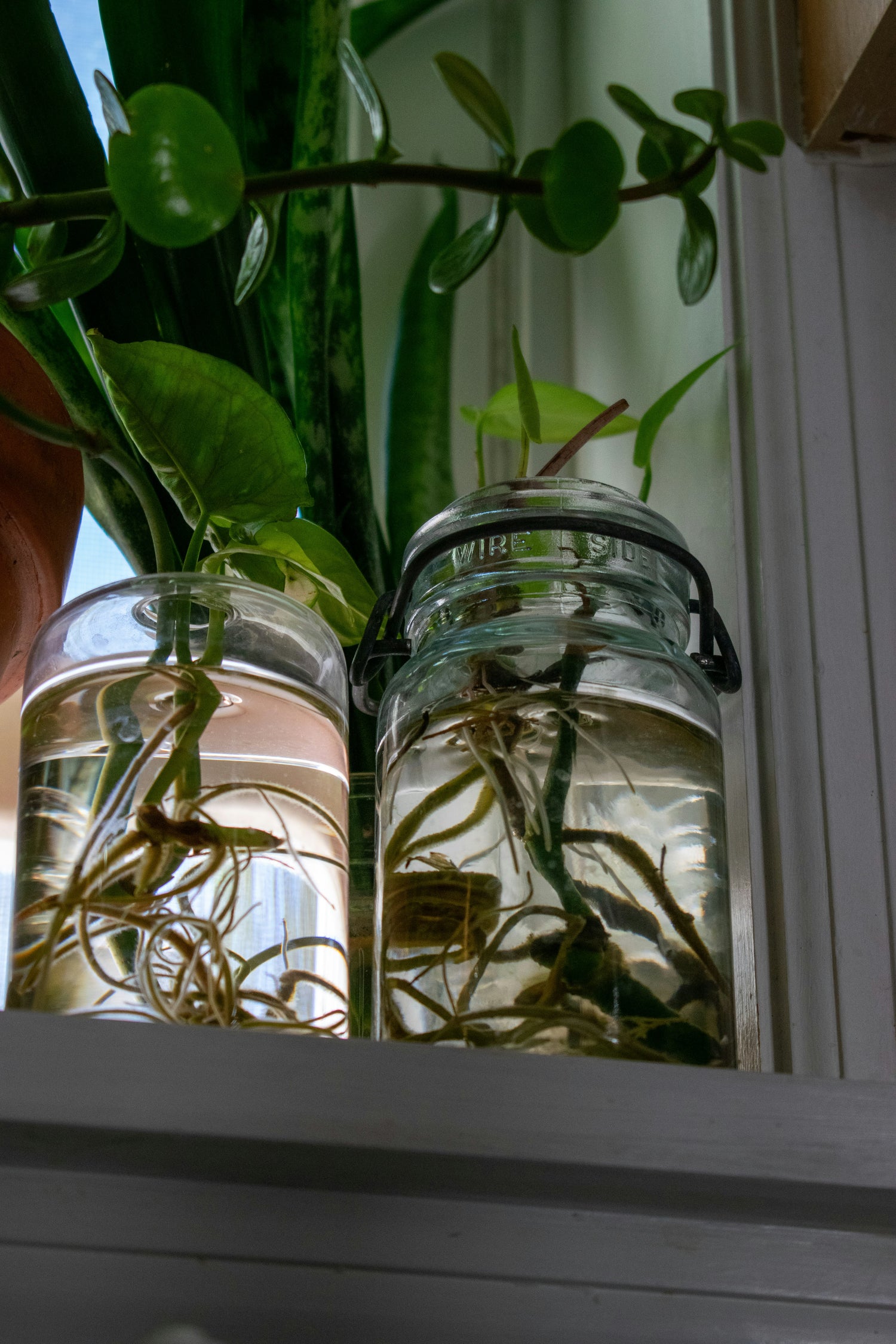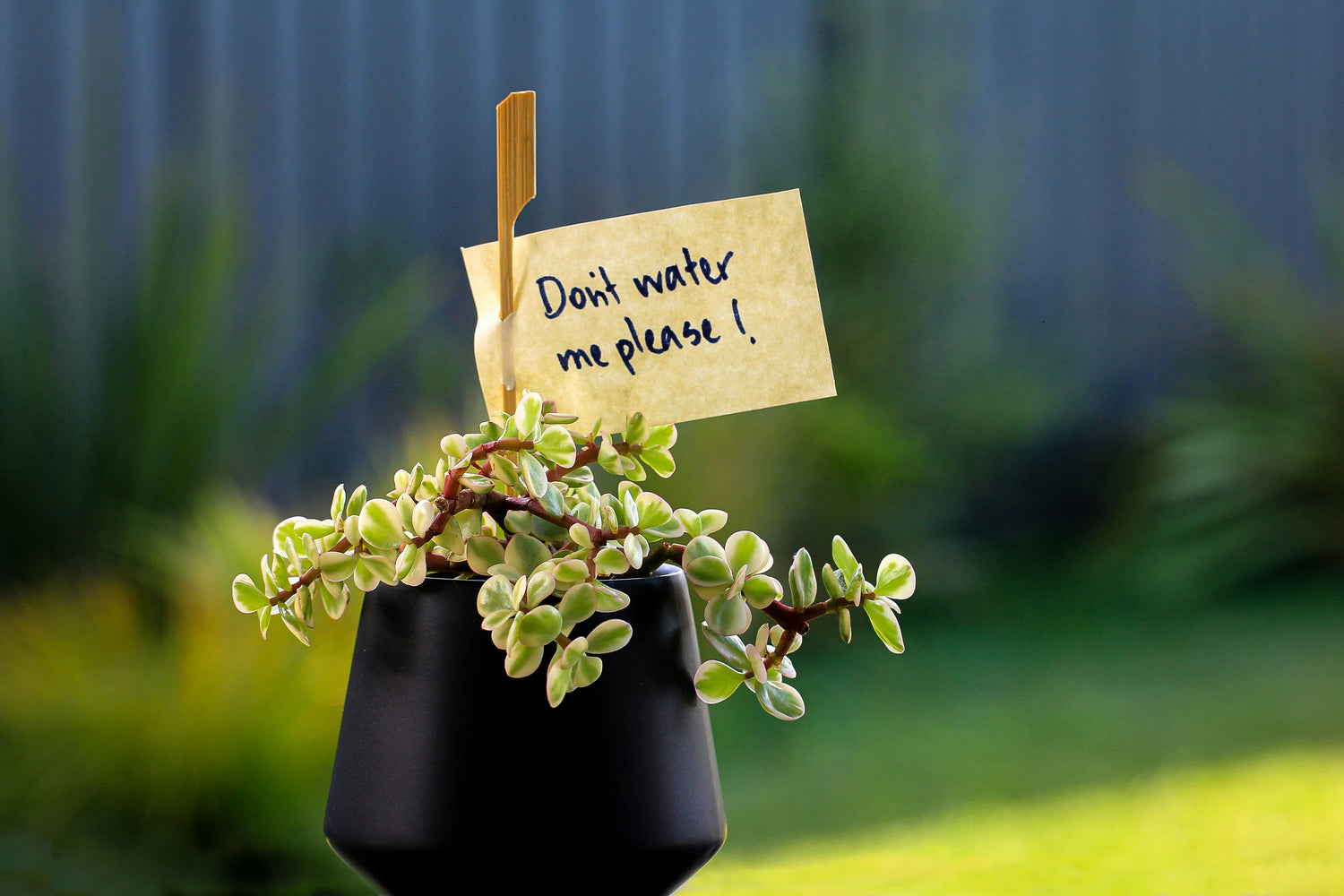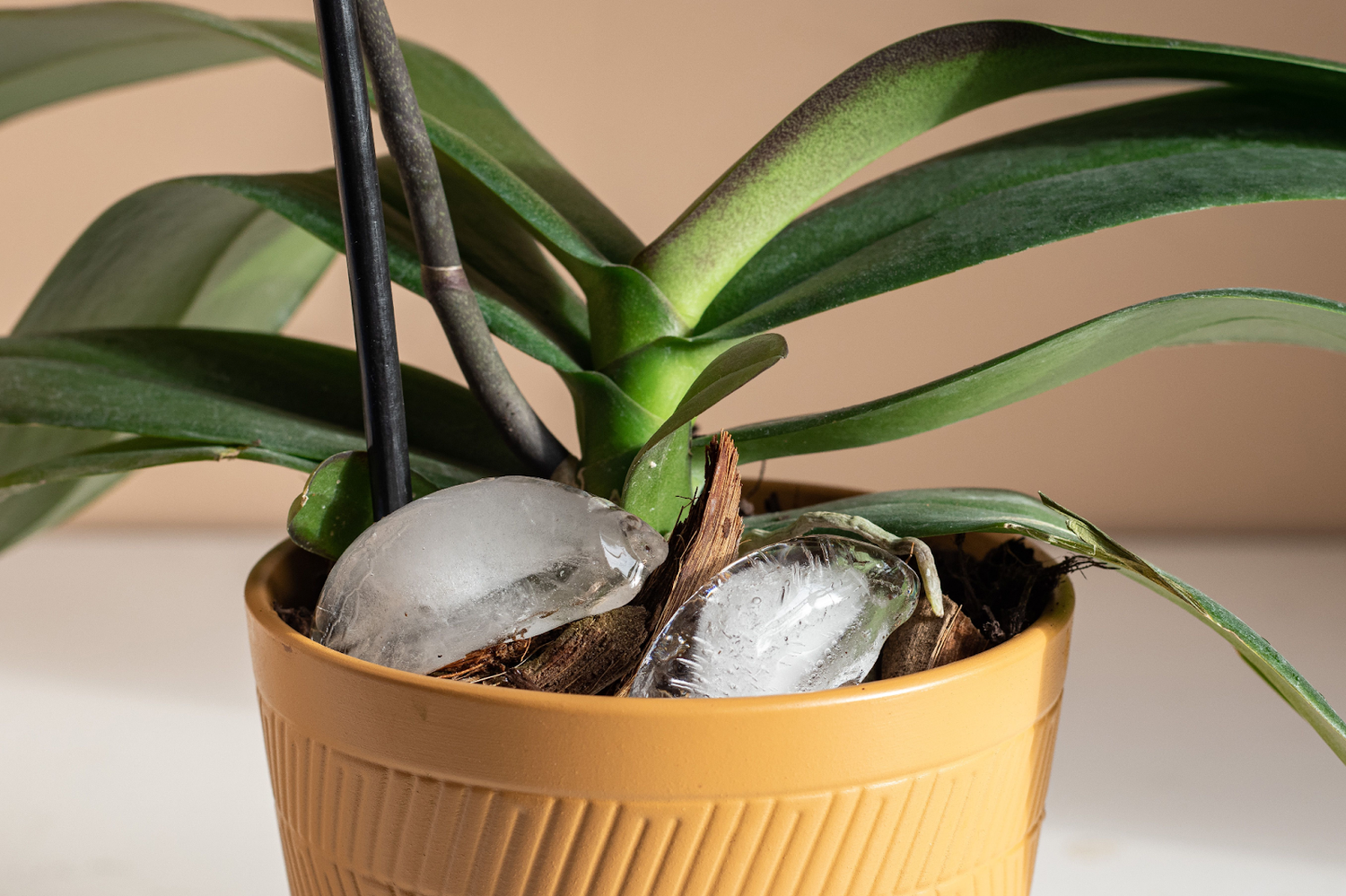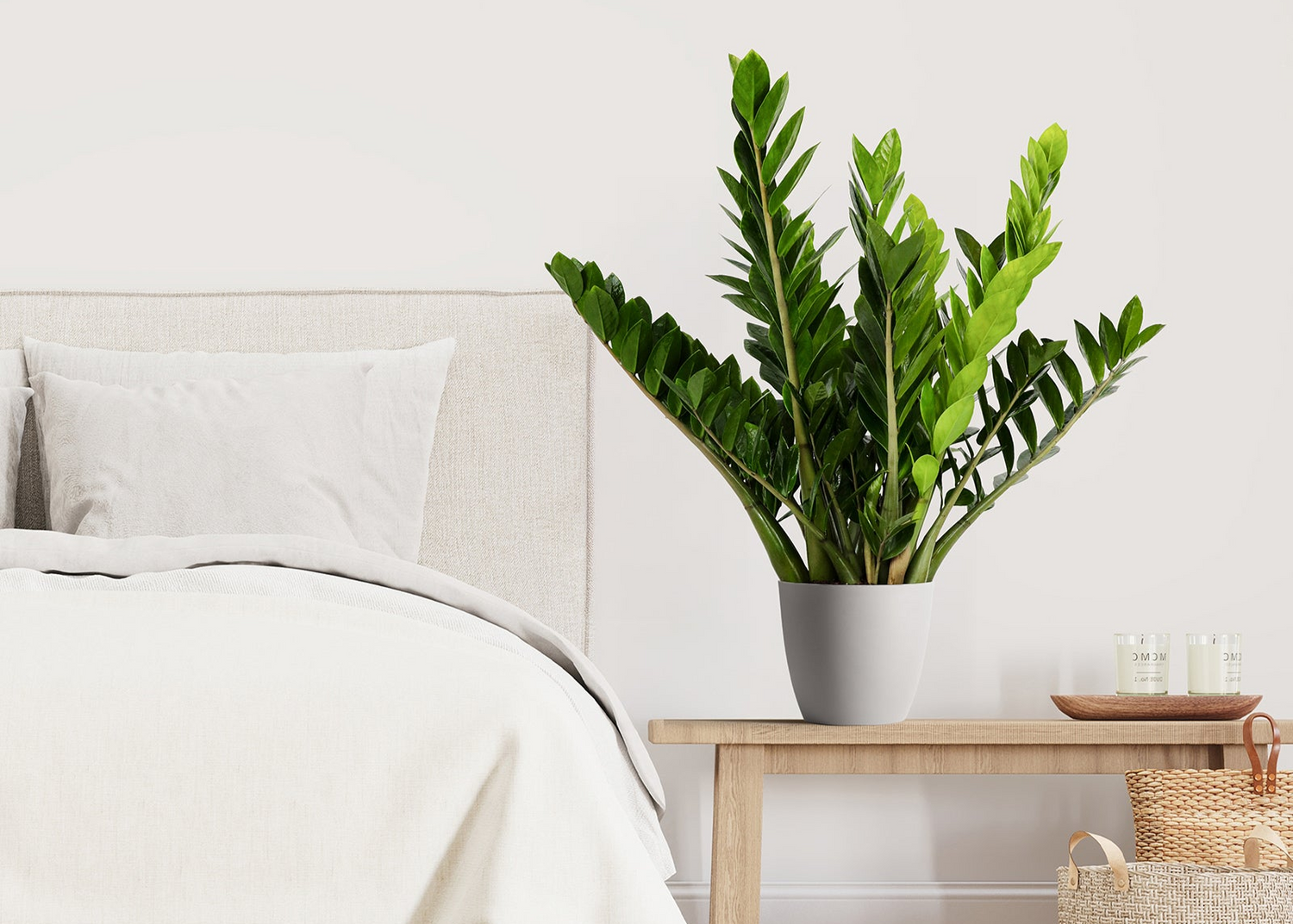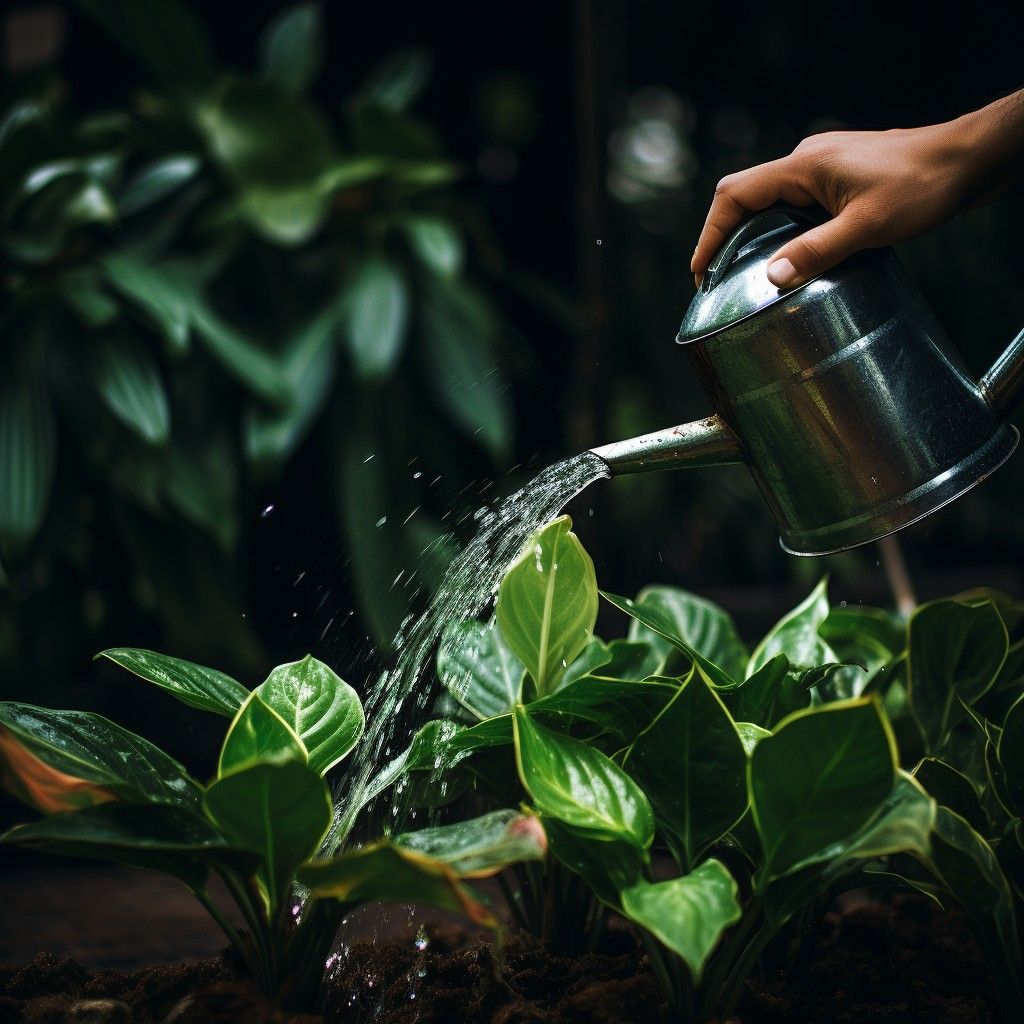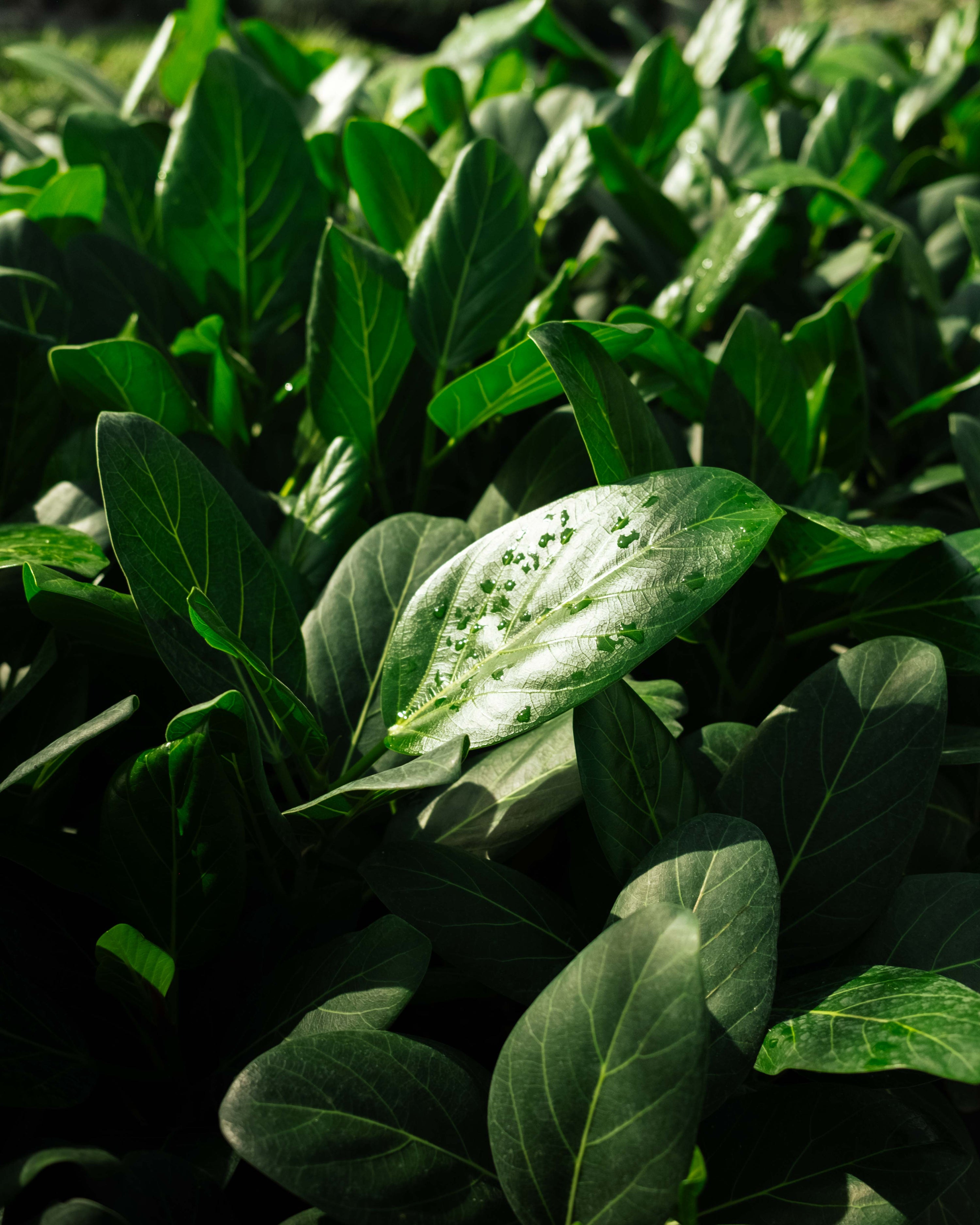Myth #1: "Watering Houseplants Every Day is Necessary"
You might be a good caretaker who tends to water your houseplants daily, but most do not need daily watering. Such plants include the Aloe Vera plant and the Jade plant, which require little water and will not do well if watered frequently. Too much water damages the roots and can cause several issues in such plants.
The watering requirement varies depending on the kind of plant, pot size, and surrounding conditions. For instance, some plants like the Peace Lily or Boston Fern, famous tropical plants, prefer more moisture, but even these would not require watering every day. Another helpful tip to know when it is or isn’t time to water the plant is through the top layer of the soil. If the soil feels dry when you touch it, it is time to water the plants.
Why It's Bad: Everyday watering results in waterlogged conditions other than depleting the root’s oxygen supply. For example, Snake Plant or ZZ Plant will eventually get overwatered, though they like the soil to dry out between watering.


